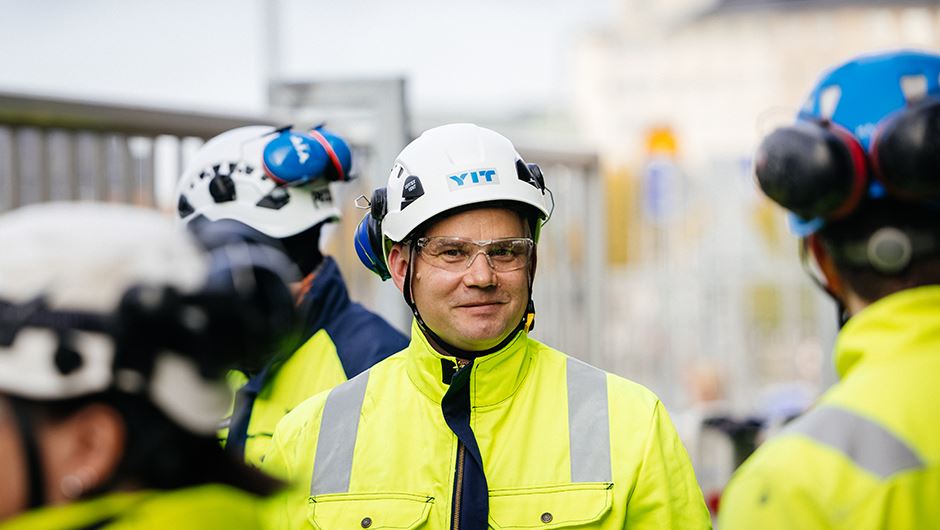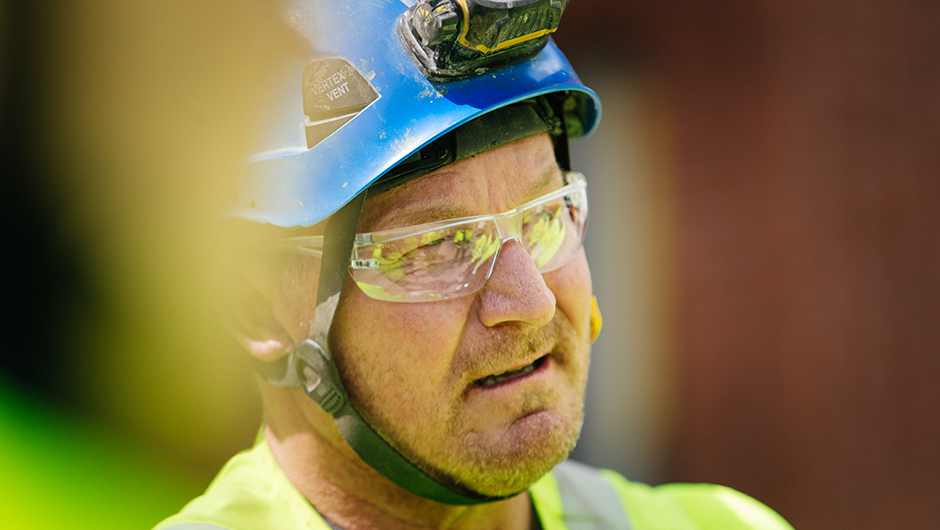Sustainable data centers as a service
- Traffic
- Construction
- 12/8/2021
What are alliance experts made of?
An alliance model is a typical choice for a project involving a lot of challenges, stakeholders and uncertainty. But what kind of people are needed in alliance projects to achieve the best outcomes?

The alliance model was introduced in Finland more than a decade ago, first in bus and infrastructure projects. For example, the alliance model provided the framework for the successful Tampere Tramway project. In recent years, the project model has also been used in hospital and health centre projects as well as industrial projects that are often difficult to manage with traditional, fragmented models. So, why are the open and collaborative project models popular in the construction industry?
"I think the message is clear: alliances are seen as a workable way to deliver, especially in demanding projects. The value of working closely together is understood. We are tired of working in silos and managing with agreements, and it is understood that cooperation and common goals will lead to a better result," says Anne Piiparinen, the Head of YIT's Infrastructure construction division.
Reliable
For 3.5 years, the Bothnia High5 alliance project has been building various medical facilities and services in the new H Building of Vaasa Central Hospital. According to Markus Kaustinen, regional Project Manager of YIT Kokkola and Project Manager of the Bothnia High5 project, the alliance is a new, cooperative project model in the Ostrobothnia region.
"The first things you hear about the model are cooperation and the desire to work together. Especially in the traditional contract model, things sometimes clash, but that does not happen easily in an alliance model," Kaustinen says.
Whether an alliance project is large or small in size, it requires that the parties to the alliance – who might even be competitors – share a common ground and engage in solution-oriented and open interaction. When the common goal is important to the whole team, and everyone brings their best skills to the table, there are no conflicts or silos.
Cooperative
"Joint projects are excellent for the development of the entire industry. After all, you achieve the best insights often when you bring know-how from different organisations together and look for the best solution together," says Piiparinen.

Diversity in an alliance is an asset
Reliable, cooperative and open minded. Solution-seeking, experimental and explorative. People working in an alliance are described in many ways, but do alliance projects need different characteristics than construction projects in general?
Experimental
"You hear people classified as alliance people and non-alliance people. Alliance construction is still quite similar to other implementations," says Piiparinen.
As with other project models, alliance projects need strong professionals with the necessary competence for the task. No two alliance experts are cut from the same cloth.
Open minded
“Diversity in an alliance is an asset. When sparring with teams, I have said that you don't need to change yourself into a different person; you can be yourself and reflect on your own work. However, you must remember to behave appropriately, listen and be active in finding a solution," says Piiparinen.
However, certain qualities are required to survive in an alliance. According to Kaustinen, cooperation is the most important requirement, because work and decisions are made together with so many people. Determination, perseverance and calmness are also important characteristics.
"Decisions can take a long time to make, so you need just to be calm and patient so that you don’t get nervous when things seem to drag on," Kaustinen says.
Solution-seeking
According to Piiparinen, leading by shouting or overriding other people's opinions do not belong to an alliance or any project model. Instead, he emphasises the ability to listen to others' points of view, justify one's own ideas, and find the best solution for the project, rather than doing things as usual, "just because this is how we have always done things". It is also an important skill to be able to reflect on what you and your team are doing, learn from it and improve your performance.

An alliance is based on trust and interaction
Developing into one unified team always takes time, both within your own company and between alliance partners. Piiparinen emphasises that effective cooperation is always based on trust between people and that trust forms the basis of the alliance model.
Challenger
“Joint projects create lifelong relationships and networks. I believe that the appreciation for other actors will increase through joint implementations," says Piiparinen.
Alliances are criticised for emphasising discussions too much. According to Kaustinen, however, discussion and cooperation skills play a key role in the alliance. When everyone comes from different companies and corporate cultures, through interaction, you get to know each other, build trust between the parties, and determine a common way to work.
Investigative
"Interaction forms the right kind of team spirit. When a team works properly and professionals in their respective fields discuss around one table, it is possible to come up with ideas and develop significant things. Then know-how can be shared, and the end-result can be new innovations and wise, cost-effective solutions," says Kaustinen.
Working on an alliance project? Read more about working at YIT
Learn more about an alliance as a project implementation form
"Adjectives describing an alliance personality"



